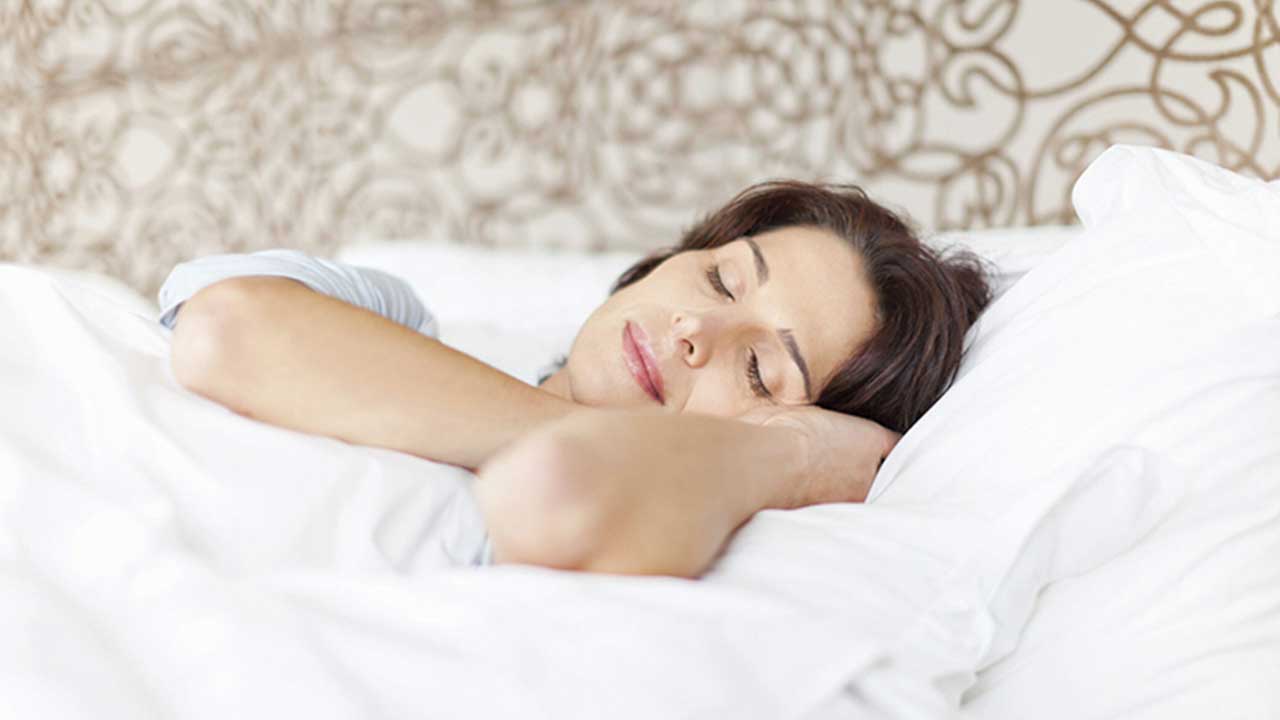How to get a better night’s sleep

By Over60 and Aspen Australia
Falling asleep should be a simple and straightforward part of the day. Our bodies are designed to rest at night thanks to a range of biological factors, including melatonin, a naturally produced hormone which lets our bodies know when it’s time for sleep. Produced in the brain, melatonin is released in the bloodstream every night in response to darkness. Its production and release are regulated by the 24-hour day-night cycle – known as the circadian rhythm or body clock – which prepares the body for sleep and regulates healthy sleep-wake cycles.
As we age, melatonin production tends to decline, leading to many people finding it more difficult to get a good night’s sleep.
1. Age factor
As we age, our natural supply of melatonin tends to deplete. When your body doesn’t make enough melatonin, it can lead to restless, light or poor-quality sleep. And anyone who’s tossed and turned all night will tell you, this can leave you feeling unrefreshed the next morning. A decline in natural melatonin release and a poor night’s sleep can also make us want to nap more during the day which can further interfere with the sleep-wake cycle.
2. Blue light
In the hours leading up to bedtime, aim to reduce your exposure to blue light, to let your brain know that it is night-time, and time to start thinking about sleep. Blue light, the light emitted from your LED devices, such as your computer, phone, tablet or TV, can interfere with the brain’s production of melatonin. The best way to reduce poor slumber caused by blue light is to stop using devices that emit blue light one-two hours before bedtime, and to stay at least two metres away from your television screen.
3. Bedtime snacks
In addition to turning lights down low and turning off blue light devices an hour before bedtime, avoiding alcohol and caffeine is also recommended. If you want a snack before bed, munch on foods rich in melatonin, such as oranges, walnuts, almonds, pineapple and bananas1.
4. Ramping up your melatonin
For a better night’s sleep, try boosting your body’s natural melatonin by getting exposure to sunlight in the morning. This can be as simple as taking a regular 30-minute walk before breakfast or finding a sunny spot next to a window to read.
5. Melatonin supplements
If all else fails, a melatonin tablet might be the answer.
Until recently, melatonin could only be obtained in Australia with a prescription. To get around this, many people sourced their supplements online from overseas companies – some of which don’t have the same regulatory excellence as we enjoy locally – making it difficult to check whether the products are safe, of a high quality, or can achieve what they are promoted to do.
Fortunately, people aged 55 years or older who suffer from poor quality sleep can now buy Circadin®, prolonged-release melatonin tablets, from their local pharmacist without a prescription.
By gradually releasing melatonin in the body over an eight- to ten-hour period,3 Circadin® mimics the body’s natural release of melatonin to induce a restful, restorative sleep, as well as improve morning alertness.4
This over-the-counter brand is for short-term treatment of people aged 55 and over suffering from poor sleep quality, and can only be supplied by pharmacists. Each tablet contains 2mg of melatonin, and is sold in packs of 30. If you’re not getting a refreshing night’s sleep, ask your pharmacist if Circadin® is right for you.
For more information visit www.circadin.com.au.
1. Meng, Xiao et al. “Dietary Sources and Bioactivities of Melatonin.” Nutrients vol. 9,4 367. 7 Apr. 2017, doi:10.3390/nu9040367.
2. Mead M. N. (2008). Benefits of sunlight: a bright spot for human health. Environmental health perspectives, 116(4), A160–A167. https://doi.org/10.1289/ehp.116-a160.
3. European Medicines Agency (EMEA). Assessment report for Circadin. Procedure No EMEA/H/C/695. 2007. https://www.ema.europa.eu/en/documents/scientific-discussion/circadin-epar-scientific-discussion_en.pdf [Accessed 26 August 2021].
4. Wade A G, et al. Curr Med Res Opin 2007; 23(10): 2597-2605.
This is a sponsored article produced in partnership with Aspen Australia.
